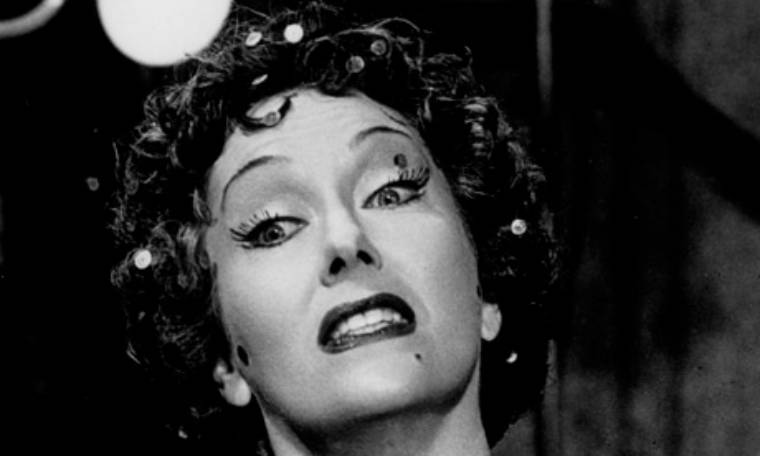Lucidno
A Woman’s Face
A history of the cinematic gesture of the close-up on a woman's face, from Falconetti to Kiarostami
|
Most filmgoers recall Gloria Swanson as Norma Desmond in Billy Wilder's Sunset Boulevard(1950) saying: "We didn't need dialogue. We had faces!" I was reminded of these lines while watching Abbas Kiarostami's Shirin, which had a very limited release worldwide. It is the apotheosis of female close-ups as part of the syntax of the film's style, which has virtually been neglected since the 1960s. If one thinks back on the great tradition, the first highlight that springs to mind is the agonized face of Falconetti in The Passion of Joan of Arc (1928), Carl Dreyer's intense depiction of human suffering, a soul in torment personified by the close-up. Louise Brooks's black bobbed hair framing her pale kittenish face in GW Pabst's Pandora's Box (1928) and The Diary of a Lost Girl (1929) burns itself into the mind. It was Pabst who gave the 20-year-old Greta Garbo her first real chance to emote as a woman on the brink of prostitution in Joyless Street (1925), the role that led to her Hollywood career, prompting Roland Barthes to write in 1957: "Garbo still belongs to that moment in cinema when capturing the human face plunged audiences into the deepest ecstasy, when one literally lost oneself in a human image as one would in a philtre, when the face represented a kind of absolute state of the flesh, which could be neither reached nor renounced." Marlene Dietrich's career only began to bloom with the coming of sound and her meeting with Josef Von Sternberg, who created her iconographic figure as the eternal femme fatale in various guises, conjured up by makeup, costumes and the subtle play of light and shadow on her face in close-up. Dietrich's face became an erogenous zone in Sternberg's pictures. In the 30s and 40s, the female face in gorgeous close-up became a staple of the Hollywood studios when the Hayes Code prevented revealing shots of the body, whether Katharine Hepburn in George Cukor's films,
|
Joan Crawford in A Woman's Face (1941) and Mildred Pierce (1945), Ingrid Bergman in Casablanca (1942) (and later, less glamorous but still beautiful, in Roberto Rossellini's films) and Rita Hayworth in Gilda (1946). Gloria Swanson told Cecil B DeMille that she was "ready for her close-up" at the end of Sunset Boulevard, and Wilder moves in as tight as he can until she dissolves, while Judy Garland mimicked "a big fat close-up" in A Star is Born (1954) by framing her face with her two hands.As the studio system collapsed, there were fewer and fewer stars that could be submitted to such cinematic scrutiny. In France, Jean-Luc Godard used Anna Karina's face in close-up to devastating effect especially in Vivre sa vie (1962) in the scene where she is watching Falconetti in The Passion of Joan of Arc. With Persona (1966), the female face in close up became Ingmar Bergman's field of vision, although women had always been central to his work. Bergman was the last great director to focus on a woman's face until Kiarostami. Ten (2002) consists of ten close-up takes of different women in a car, and in Shirin, a group of women, of different generations are photographed in an audience ostensibly watching a film of a 14th century Persian tale. Unlike previous Kiarostami films, these women are all professional actors, including Juliette Binoche, some of them banned from performing under the present regime. We watch their reactions and only hear the soundtrack of the film, using their expressions to help us imagine the story. Here are defiant unveiled women from a strict Islamic society revealing their faces, and their emotions, with a few out-of-focus glimpses of men in the background, perhaps surveying tem. The women didn't have dialogue. They had faces. Ronald Bergan |

